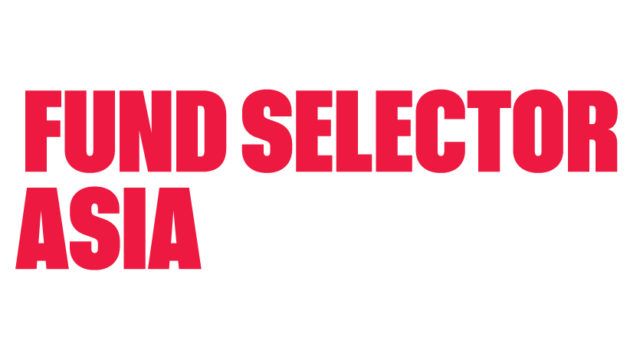In contrast, assets of Occupational Retirement Schemes Ordinance make up 36.5% of investable assets, compared to 55.3% in 2008.
While assets have grown by 117%, the MPF remains hugely unpopular in the city, due to “a toxic combination” of high fees and low returns.
Fees, as well as returns, are certainly an important consideration for MPF members. However, Cerulli’s assessment of rankings of MPF funds in terms of lowest and highest fund expense ratios do not reveal any distinct pattern in the investment preferences of members, indicating a fee and return mismatch.
Average fees now at about 1.7%, are higher than say 1.21% for comparable schemes in Australia, Cerulli noted adding measures to reduce fees, such as implementing fee caps or introducing default funds, have been mooted in Hong Kong.
The data for returns and expense ratios of MPF funds do not provide too much clarity on why members choose certain funds instead of others.
For instance, the returns of most of the 10 funds with the highest fund expense ratios between 2.81% and 4.32% could not compare with the returns of most of the 10 funds with the lowest expense ratio of between 0.41% and 0.85. Further, the MPF funds with the best returns in the first nine months of 2013 had fund expense ratios ranging from 1.7% to 2.7%, at or above average.
“Perhaps a problem arises because employers allocate contributions to funds without much consultation with employees, and these tend to end up as ‘default funds’ for employees,” says Ken Yap, head of Asia-Pacific research at Cerulli.
One possible solution would be to increase employees’ autonomy in selecting funds. “The Employee Choice Arrangement is expected to help in this regard, but in terms of progress, it is still treading water,” Yap adds.
In November last year, Glenn Turner, former chairman of the Hong Kong IFA Association, examined a change in the MPF rules which gave consumers more say over their investments. Click here to read the article

















